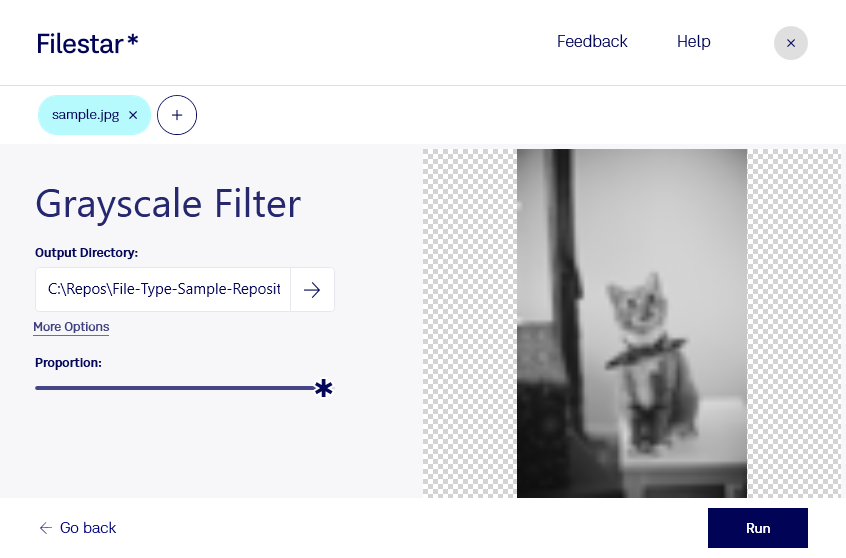
Monochrome vs. Black and White Photography
The difference between monochrome photography and black & white photography has remained a contentious issue. The two terms are often used interchangeably. The truth is they are not very distinct. However, there is a distinction if you take a closer look. The use of black and white vs. monochrome photography can aid or hinder the impact of a photograph to the viewer.
You need to have a critical eye to make a decision about which to use between the two. Color management and light are the major contributing factors to creating a successful shot. Think about what you want your viewers to see and the benefits of black and white vs. monochrome photography. Afterward, decide what best meets your needs. We will look at the various terms, differences, and benefits.
Monochrome photography
Monochrome is derived from two Latin words 'mono' and chroma,' which means a single color. Monochrome photography is an image made of varying shades of one color. From the darkest hues to the brightest. While we use different tones to develop polychrome images, monochrome photography uses different amounts of light.
Sepia or cyanotype images are the perfect examples of monochrome photos. Both grayscale and black & white photos are monochrome images as they consist of shades of black.
Advantages of using monochrome photography
- It brings out the contrast, drama, and distinction in an image as it makes the background less prominent, drawing more attention to the subject.
- Monochrome photography gives images a classic and historical feel making them timeless.
- Shapes, tones, and forms speak louder in monochromatic images.
When to use monochrome photography
When the message you want to communicate is about lines and shapes that it is about color, a monochrome image is a perfect choice. For instance, in architectural photography. Minimalistic images are also correctly displayed in monochrome, as you can see the simplicity in the picture.
If you want to show the interaction of light and your subject clearly, use monochrome images. It shows the reflection, shadows, highlights, degree of softness or hardness, and the intensity of light. Remember, light is the key to good photography.
Filestar desktop application can help you convert your images to monochrome. Download the application on your computer. Then, right-click on the photos you want to convert and choose 'convert to Filestar.' On the search box that appears on your display, type in sepia filter/grayscale/black and white, the choice of monochrome is yours. Press Run to execute the command.
Black & White Photography
A long time ago, there was just “film”. There was no need to classify what color category it fell on as there was only black and white. Photo enthusiasts began experimenting with color in the early 1800s. Color film was developed, and it became the standard of modern photography. Nevertheless, photographers are always in a dilemma on how to display their photography.
Black and white photography consists of not only black and white colors but shades of grey as well. For this reason, some people also refer to these photos as Grayscale. It is a technical definition for images with varying shades of the gray variable from black to white. Most photographers say “black and white” while designers call it “grayscale”.
The use of grayscale has increased with the increase in digital imaging.
Advantages of black and white photography
- Black and white photos are timeless. Color often suggests a modern era. Black and white make it impossible for one to date a photo.
- It is often used to accentuate shadows and light on a photograph. People are drawn more to the dramatic shadows and backlit subjects in a black and white image.
- Art photographers prefer black and white photography as it makes people pay attention to the subject matter. Color often distracts, so you don't take a closer look at reading the emotions displayed on the image.
When to use black and white photography
If the color on your image only serves as a distraction, convert it to black and white. It is the best choice if the texture, light, and form of the picture are fascinating than the hues.
Black and white photography also work well with images that have an extensive range of tonal values. From the whitest white to the blackest black and the shades of gray in between.
You can convert your images to black and while using Filestar desktop application. Right-click on the pictures you want to convert and choose Convert to Filestar. On the search box that appears on your display, type in Make black and white. Press Run to execute the command.
I hope this article has given you some insight into black & white and monochrome photography. Experiment on the two by converting your images into either of them and learn what works best for you.

